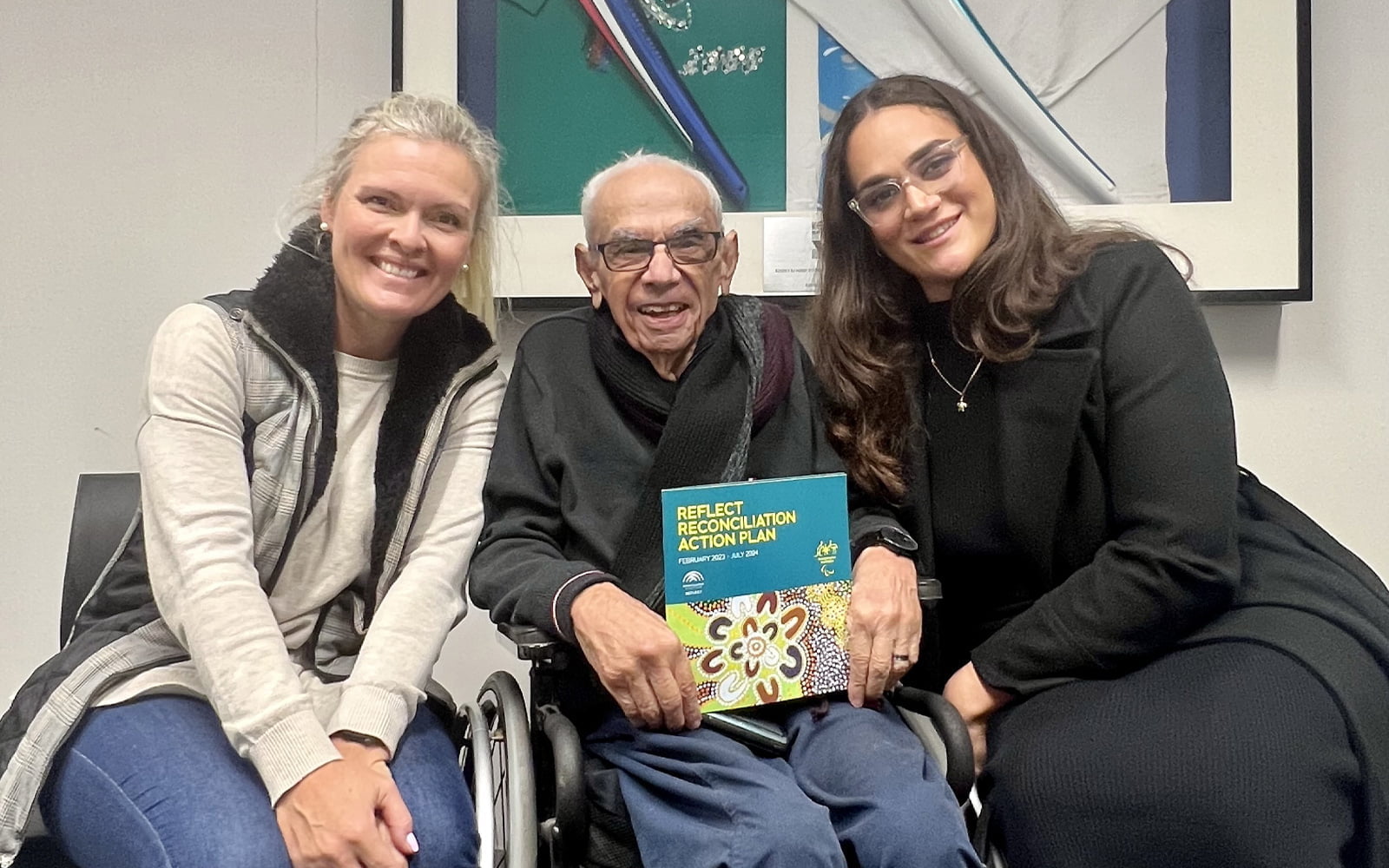When they met recently for the first time, Paralympics Australia Chief Executive Catherine Clark asked Kevin Coombs a question that had been on her mind since she started in the role early in 2022.
Coombs, the five-time Paralympian and Australia’s first Indigenous Paralympic representative, was looking through PA’s recently released Reconciliation Action Plan, which outlines the organisation’s goals regarding First Nations people.
“Uncle Kevin, I’m interested to know, what are your thoughts on how we can have more First Nations Australians become Paralympians?” Clark asked.
The answer tied in with a message contained in Paul Calcott’s artwork ‘Our Story’, which illustrates the coming together of Australia’s Paralympians.
Implying that connecting with Indigenous communities requires cultural understanding, Coombs, 82, suggested approaching First Nations media. Then, he added: “A lot of our people see me in a wheelchair but they don’t see me as disabled, if you can understand that. I could do everything, go everywhere by myself. They didn’t see me as disabled.”
Coombs then mentions the incredible discovery at Lake Mungo of 40,000 year old footprints made by a one-legged person who used a pole as a mobility aid. It’s the same example Calcott had raised at the PA RAP Launch to show that Indigenous culture has always counted people with a disability as equals.
In Calcott’s ‘Our Story’, the bottom right of the painting shows “… the story of our Paralympians, represented by the different marks they make as they train and compete, including the marks of foot prints, a wheelchair and a running blade.”
The RAP booklet says “Australia’s Indigenous people have always believed people with a disability leave a different mark on the world. Not better, not worse, just different”.
These are the kind of insights Clark said were so important as Paralympics Australia progresses along the path of Reconciliation.
“Spending time with Uncle Kevin was a privilege, but it was especially valuable given what is happening at Paralympics Australia at the moment and across Australia more broadly,” Clark said.
“I asked Kevin about the Voice to Parliament. You have to remember this is a First Nations Australian who only 60 or so years ago travelled to the Games in Rome to compete for Australia on a British passport because our country didn’t recognise him as a human being.
“He said, ‘I want the Voice to be heard’ and that it’s important because it’s going to make our country better. Coming from Kevin, who’s seen so much, it’s certainly a view worth listening to and trying to understand.”
“You’ve always got to remember where you’ve come from and what’s been achieved.”
— AUS Paralympic Team (@AUSParalympics) July 4, 2023
This National @naidocweek we caught up with beloved Paralympic Elder, Kevin Coombs OAM PLY, to discuss his legacy: https://t.co/Y9CQIkJU7l#NAIDOC2023 #NAIDOCWeek #ForOurElders #ImagineWhatWeCanDo pic.twitter.com/SRYtPaBHC0
Shortly before meeting Clark, Coombs had dropped in to Paralympics Australia’s Connected Coaches program workshop, featuring several of the best Para-sport coaches in the country. He was asked for his recollections of the 1960 Games.
“It took us five days to get to Rome, would you believe? We got on the plane here in Melbourne, a turboprop jet, flew to Perth and had a last medical check up because they didn’t really know how disabled people were going to travel.
“We flew from there to Singapore, stayed two days there. Went on to Athens, stayed two nights in Athens, then to Rome.”
Another memory of that trip springs to mind.
“The White Australia policy was in at the time,” Coombs adds. “After the war they didn’t want to have any black people in the country, they wanted only white people.
“I remember, when I was going through the streets of Singapore, a lot of people were following me around and I got a bit nervous. I asked ‘What are you following me around for?’ Well, they wanted to know how I got into Australia. When you think about it … well, thank God we’ve moved on.”
By: David Sygall, Paralympics Australia
Posted: 19 July 2022



